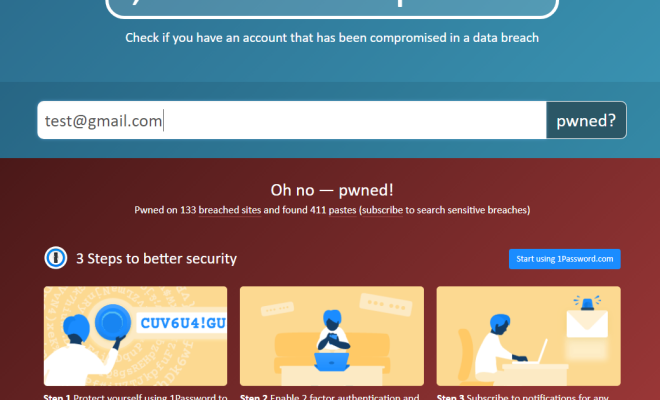How to Use Have I Been Pwned

Introduction
Cybersecurity is a top concern in today’s digital world. Our personal data is frequently at risk due to data breaches and hacks. One way to stay informed about these potential hazards is by using the website Have I Been Pwned (HIBP). This article will guide you through how to use HIBP effectively to keep your information secure.
What is Have I Been Pwned?
HIBP is a free online service that helps you determine whether your email address or password has been compromised in any data breaches. Created by security researcher, Troy Hunt, it uses breached datasets to give you a clear picture of your online vulnerability. It also provides guidance on how to respond if your data has been exposed.
How To Use Have I Been Pwned
1. Visit the website
Go to https://haveibeenpwned.com/ in your web browser. The website layout is simple and easy to navigate.
2. Check your email address
On the homepage, you’ll see a search bar prompting you to enter your email address. Type in an email address and click the ‘pwned?’ button. If your email has been involved in any known data breaches, HIBP will list them along with some details about each incident.
3. Check for password exposure
Navigate to the “Passwords” tab on the menu bar at the top of the page. Here, you can enter a password you’ve used or plan on using in the search bar.Hashing technique is used for ensuring that HIBP won’t store or reveal your password anywhere.
If it’s present in any exposed datasets,you’ll be informed about it but never intend on using any sensitive passwords here.
4. Sign up for notifications
To stay up-to-date with potential breaches in real-time, click on “Notify Me” in the main menu. HIBP will request your email address to send breach notifications directly to your inbox.
Protecting Yourself
1. Update your passwords regularly
Regularly changing your passwords is a simple yet essential measure of cybersecurity. Use strong, unique passwords for each account and make a habit of updating them every few months.
2. Enable Two-Factor Authentication (2FA)
Always enable two-factor authentication on websites and apps that support it. 2FA provides an extra layer of security by requiring you to prove your identity and prevents unauthorized access to your accounts.
3. Be cautious with sharing personal information
Be mindful of what information you share online, especially on social media platforms where attackers can gather personal details.
4. Stay informed
Sign up for breach notifications, follow cybersecurity news sources, and maintain general awareness of the current threats facing individuals online.
Conclusion
Have I Been Pwned is a valuable tool in managing your online security by being aware of data breaches and their effects on your personal information. By using this service and following best practices for protecting yourself, you’ll be better equipped to safeguard your data in an increasingly vulnerable digital world.


